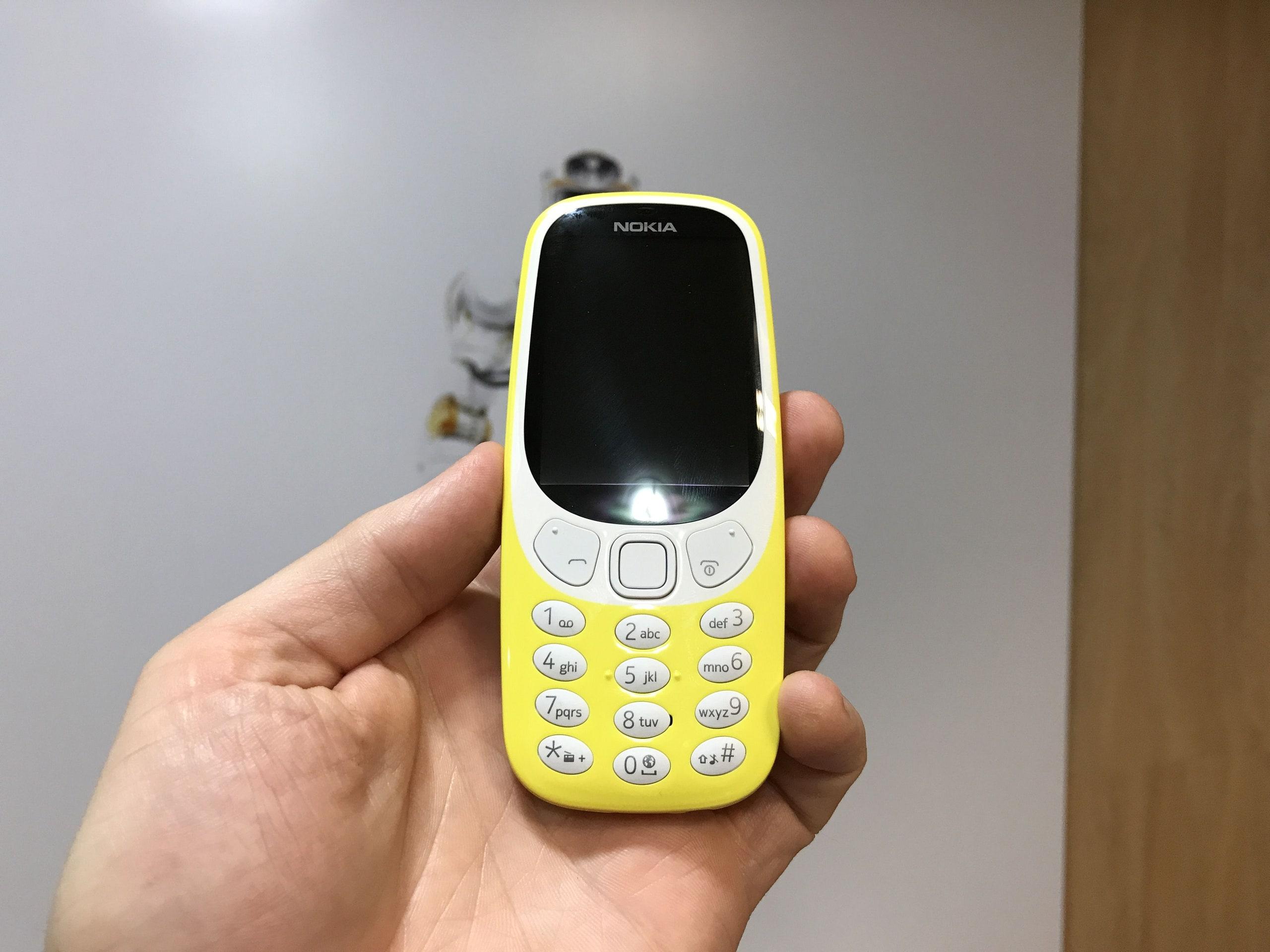In recent years, the rapid advancement of technology has significantly transformed the way we consume media, with streaming devices becoming a staple in households worldwide. These devices, designed to deliver a seamless and convenient entertainment experience, have become an integral part of our daily lives. However, as technology continues to evolve at an unprecedented pace, a critical question emerges: should more streaming devices be built to last longer? This article explores the implications of this question, examining the environmental, economic, and consumer satisfaction aspects of device longevity. By understanding the factors at play, we can better assess the need for durable streaming devices in a rapidly changing digital landscape.
Understanding the Current Lifespan of Streaming Devices
In today’s fast-paced tech world, the average lifespan of streaming devices can be surprisingly short. While many consumers might expect their devices to last several years, the reality is that technological advancements, changes in streaming service requirements, and software updates often render these devices obsolete within a few short years. This rapid cycle is driven by several factors:
- Software updates: As streaming services continuously update their platforms, older devices may struggle to keep up, leading to decreased performance or incompatibility.
- Hardware limitations: Newer streaming content often requires more processing power or better connectivity options, which older devices may lack.
- Consumer demand for innovation: Users are always on the lookout for the latest features, driving companies to release newer models more frequently.
While these factors are understandable, they raise questions about sustainability and the environmental impact of frequently replacing devices. Considering the possibility of designing streaming devices with longer lifespans could not only benefit the environment but also provide consumers with a more stable and reliable viewing experience.

Analyzing the Environmental Impact of Short-Lived Electronics
In today’s fast-paced digital age, the demand for streaming devices is on the rise. However, their short lifespan poses significant environmental challenges. E-waste, stemming from discarded electronics, contributes to pollution and the depletion of natural resources. The production and disposal of these devices require energy-intensive processes, further exacerbating carbon emissions. To mitigate these impacts, manufacturers could focus on designing durable devices that offer longer life cycles. This approach not only reduces waste but also conserves resources and energy.
- Increased Durability: By using high-quality materials and components, manufacturers can extend the lifespan of streaming devices, reducing the frequency of replacements.
- Modular Design: Encouraging repairability and upgrades can help keep devices in use longer, minimizing waste.
- Recycling Programs: Implementing robust recycling initiatives ensures that end-of-life devices are disposed of responsibly, reclaiming valuable materials.
By adopting these strategies, the environmental footprint of streaming devices can be significantly minimized, paving the way for a more sustainable digital future.

Exploring Consumer Demand for Durable Streaming Technology
As the market for streaming devices expands, understanding consumer demand for durable technology becomes crucial. Users are increasingly looking for devices that not only provide high-quality streaming experiences but also stand the test of time. This shift is driven by several factors:
- Environmental Concerns: Consumers are becoming more eco-conscious, seeking products that reduce electronic waste. Durable devices align with this mindset by minimizing the frequency of replacements.
- Cost Efficiency: Investing in a device built to last longer can be more economical over time, reducing the need for frequent purchases and repairs.
- Technological Reliability: Durable streaming devices are perceived as more reliable, providing uninterrupted service and enhanced user satisfaction.
In light of these factors, manufacturers should consider incorporating robust materials and upgradable components to meet this growing demand. By doing so, they can create products that not only appeal to eco-conscious consumers but also provide a cost-effective and reliable streaming experience.

Recommendations for Designing Long-Lasting Streaming Devices
When aiming to design streaming devices that stand the test of time, several key considerations come into play. Start by focusing on durability and material selection. Opt for robust, sustainable materials that can withstand regular use and potential environmental stresses. A focus on quality over cost can significantly extend a device’s lifespan, reducing the need for frequent replacements.
- Modular Design: Encourage designs that allow for easy upgrades and repairs, reducing electronic waste.
- Efficient Cooling Systems: Incorporate advanced cooling mechanisms to prevent overheating, a common cause of device failure.
- Software Longevity: Implement regular firmware updates to maintain compatibility with evolving streaming standards and security protocols.
- Energy Efficiency: Design devices that consume less power, not only extending the hardware’s life but also appealing to eco-conscious consumers.
By focusing on these elements, manufacturers can create streaming devices that are not only functional but also sustainable, ultimately benefiting both consumers and the environment.







































